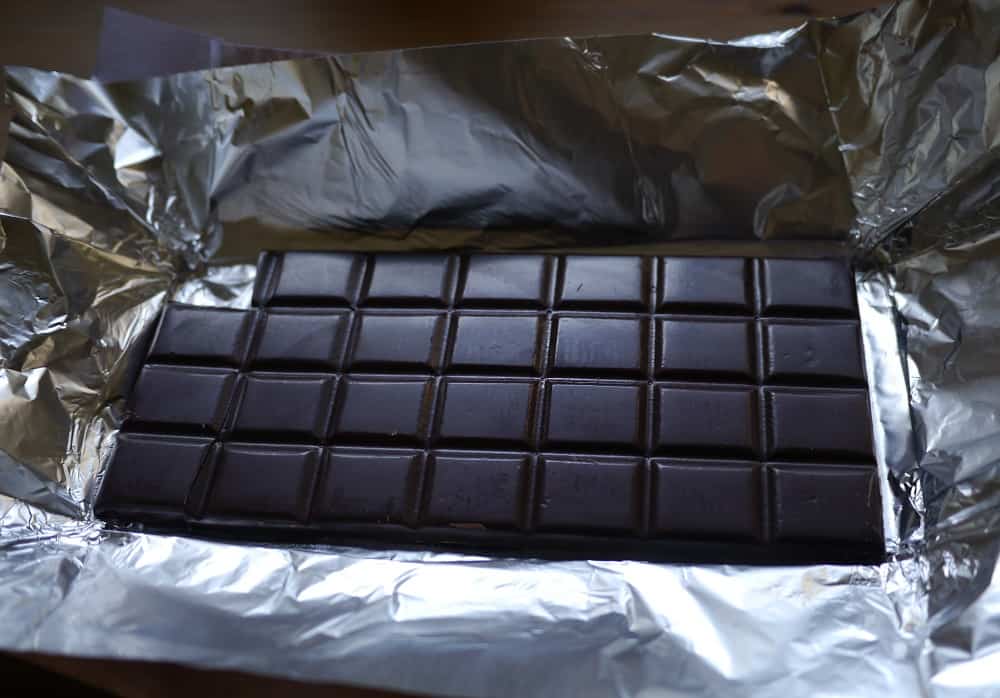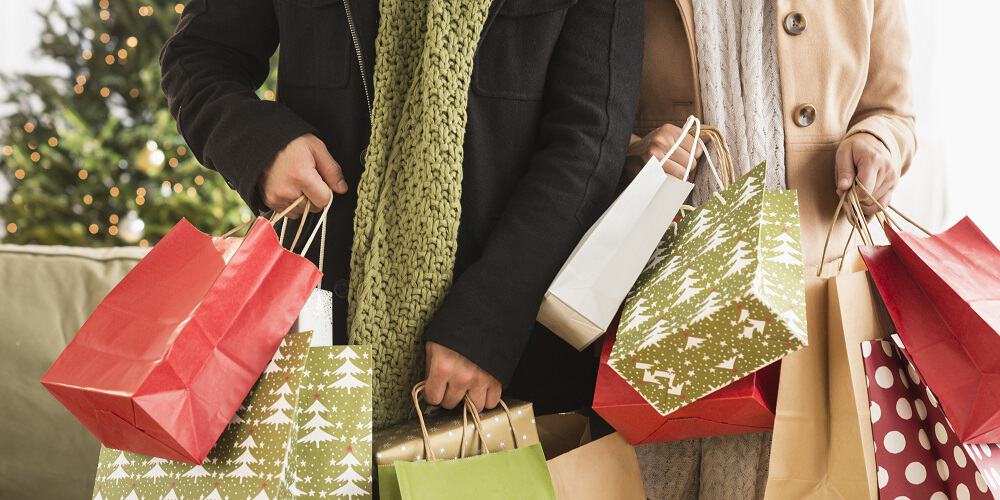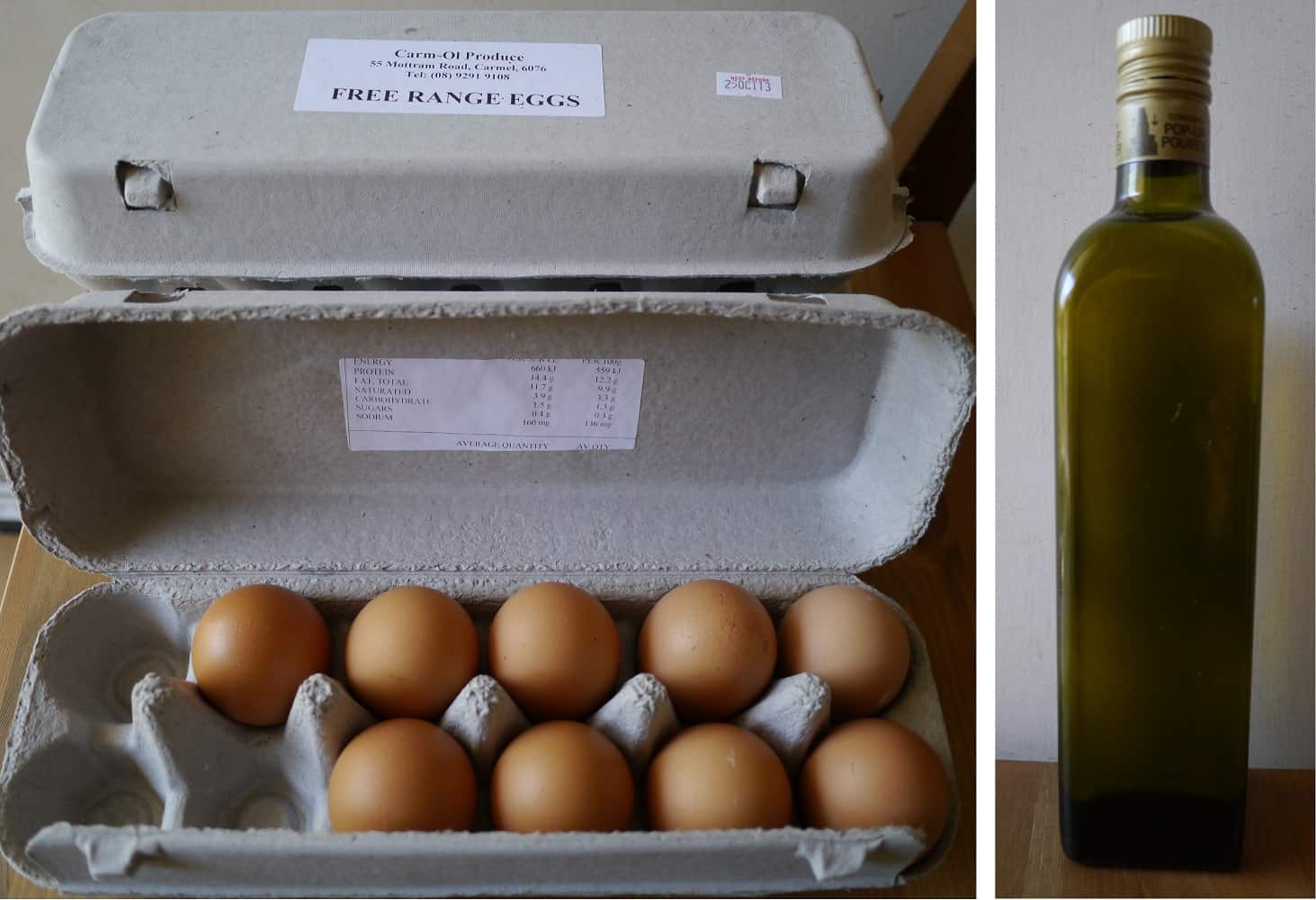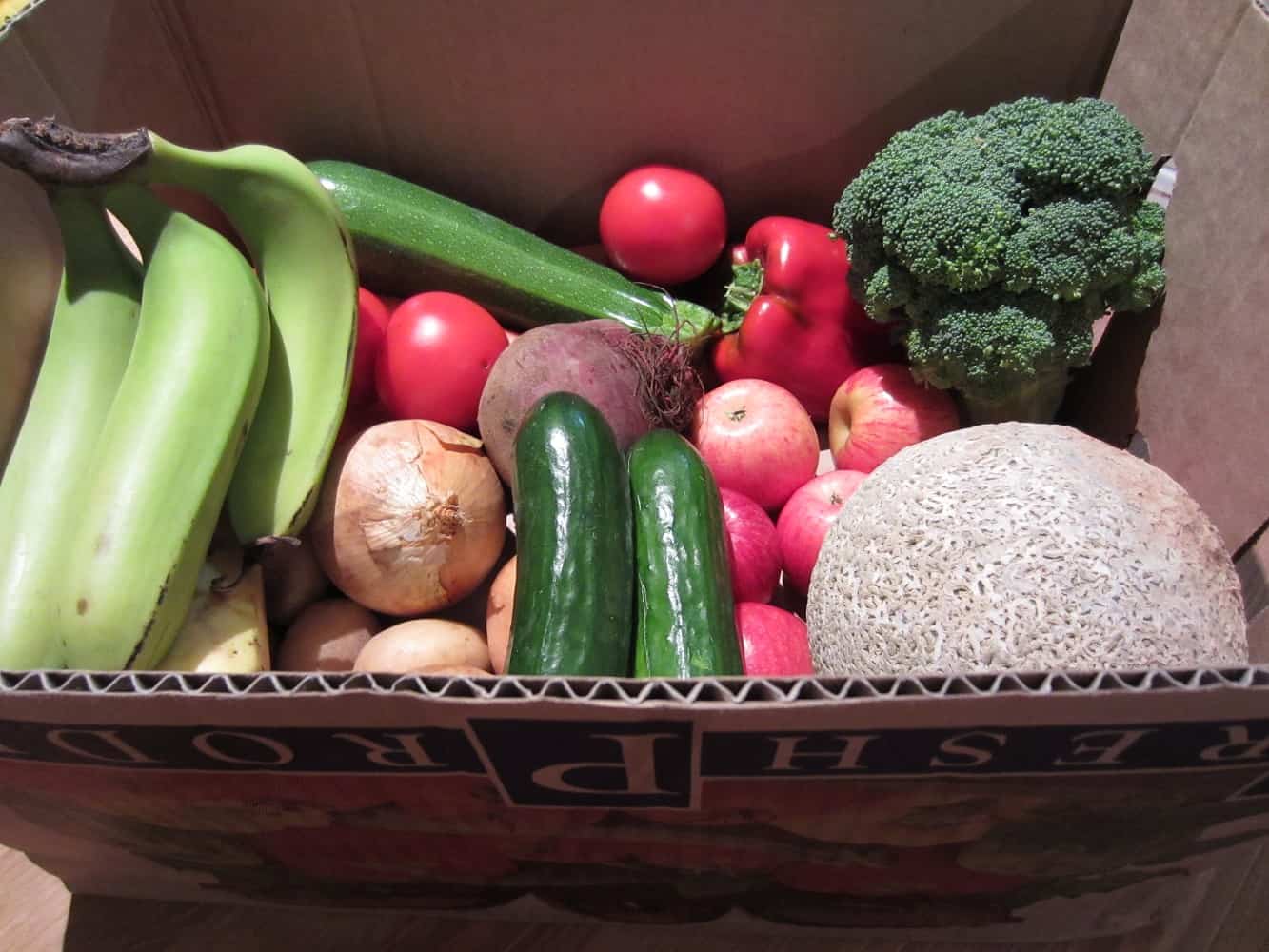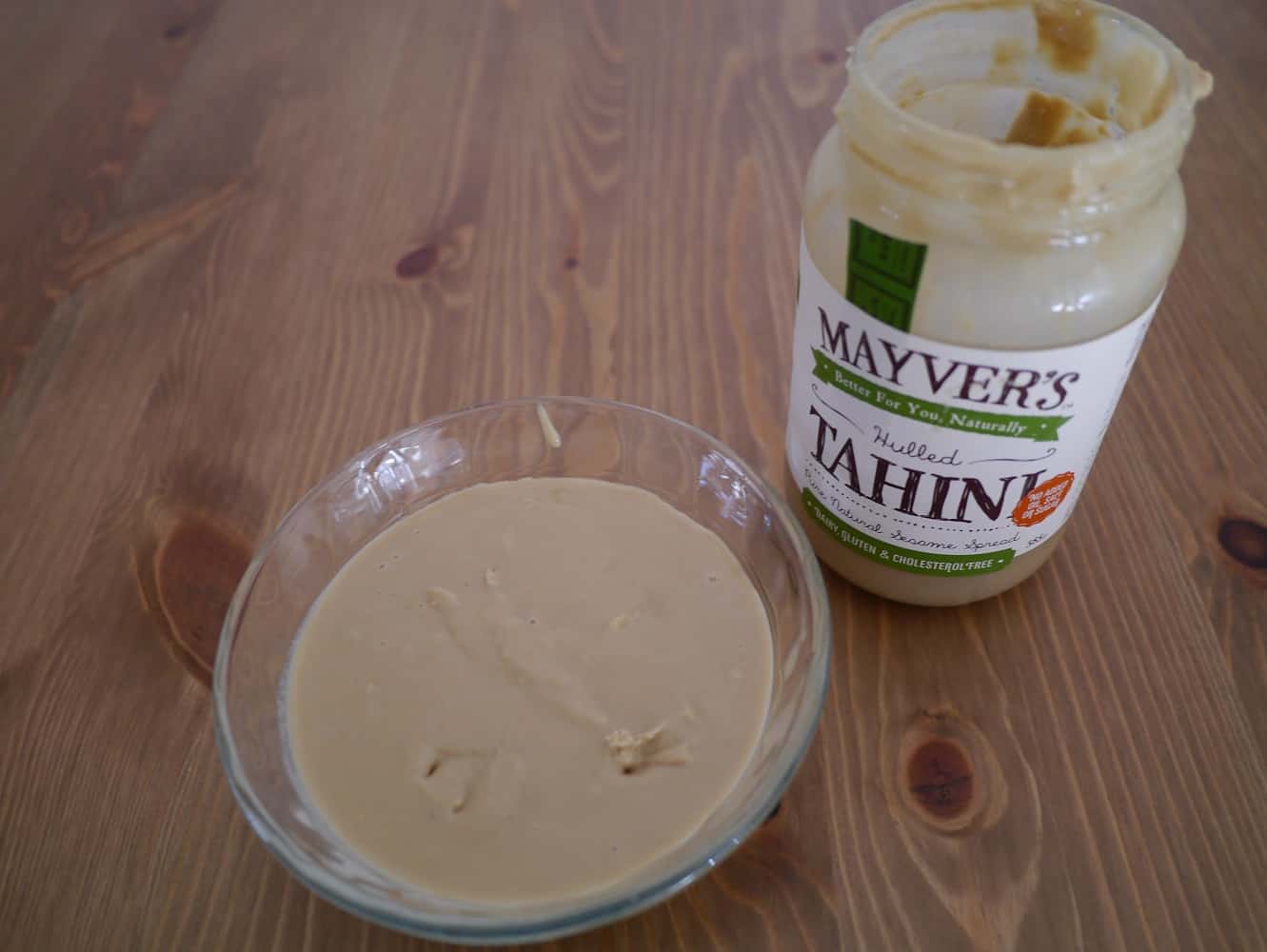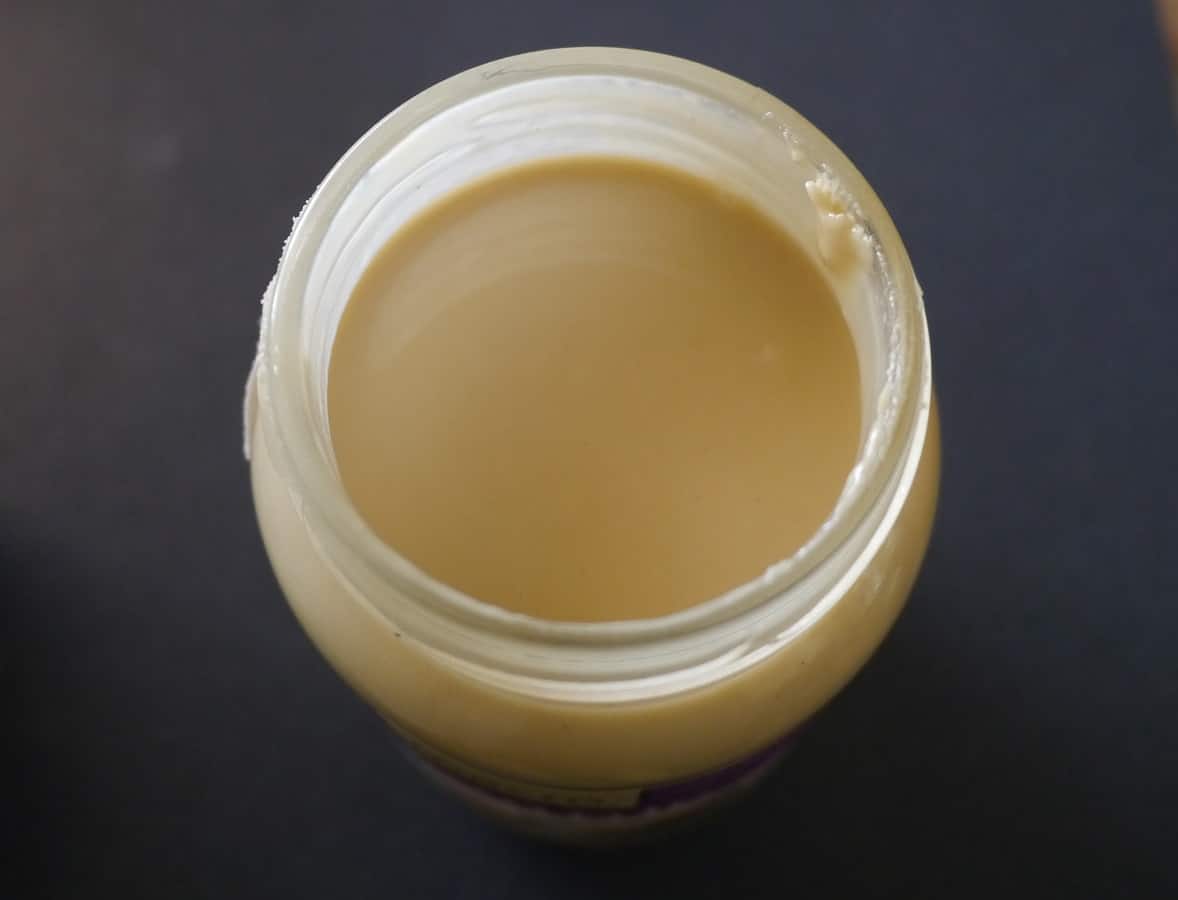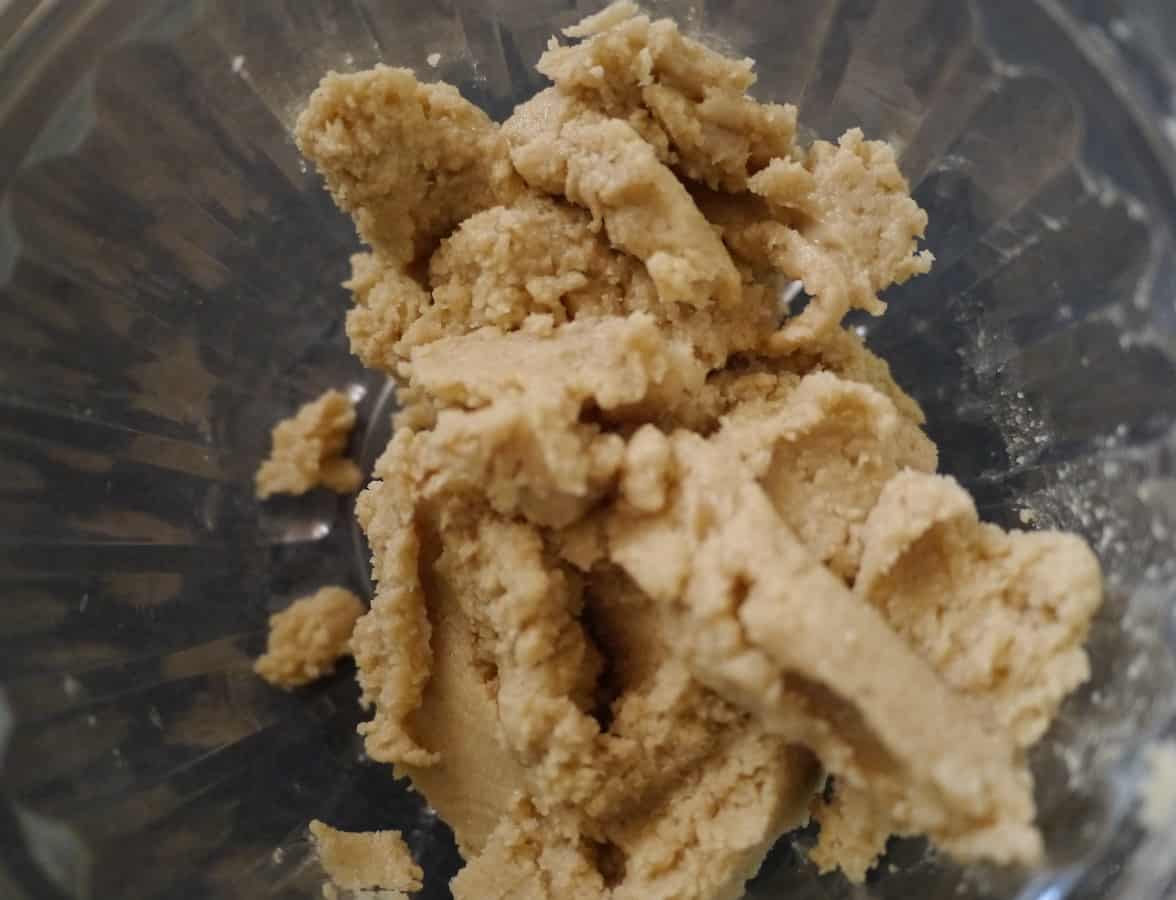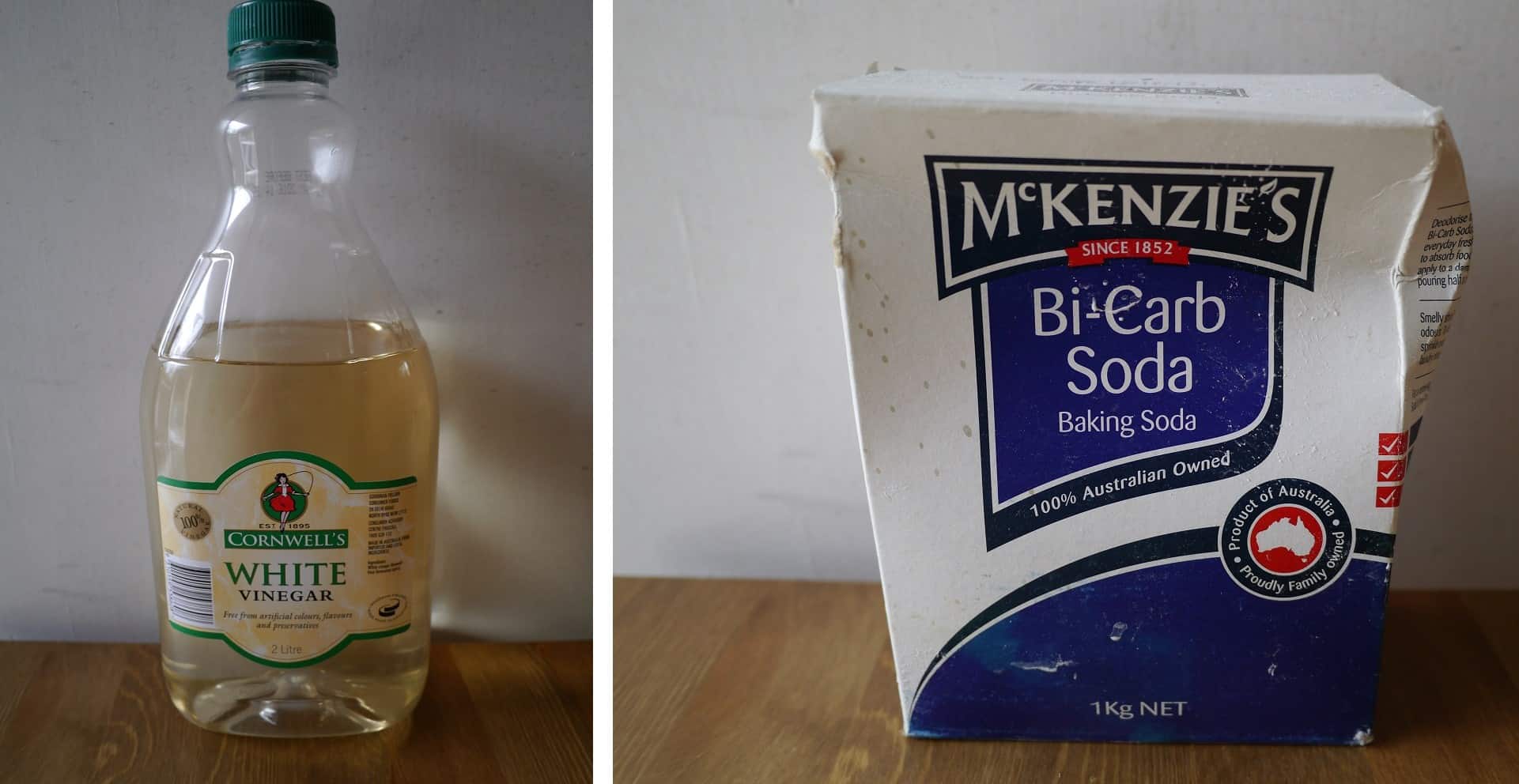Some Recommended Reading
Yesterday afternoon I dropped my parents off at Perth Airport for their flight back to the UK. They visited for just over four weeks, and it has been insanely busy. Partly because they have been staying in our flat, and my boyfriend and I stayed at his parents’ house, which means I have been making the hour-long commute (one way) between houses each day, and then taking them out to see the sights, before trekking back. This was compounded by us sleeping in a bed that was far too small for us (well mostly my boyfriend, whose ankles stick through the railings meaning it is impossible to move without waking us both up), meaning we have been running on minimal sleep. I had a lovely time, and it was great to be able to spend so much time with them, but now they’ve gone I’ve been hit by a tsunami of exhaustion. I’m tired, emotional and mentally frazzled… which wouldn’t matter so much if everything else in my life wasn’t still going full steam ahead.
This isn’t a blog post about woe is me, though. All I need is sleep, time to unwind, the chance to relax and to eat some nourishing meals and I’ll be ready to go again. I’ve had an awesome month; I’m blessed that my parents were able to come to visit, and for such a substantial amount of time. No complaints here : )
In order to get these things though, I need to prioritize my workload. I was really hoping that I’d be able to keep blogging whilst they visited, but unfortunately I didn’t have the time. Now that they’ve gone, I have a number of looming deadlines to address, and that doesn’t include blogging. I really want to write but I don’t have the time to do justice to the millions of thoughts that are whirring away in my mind. I have still had time to read the posts that others are writing, so I thought that rather than write a rushed, garbled post of my own, I’d share some posts I’ve read over the past month that I have enjoyed. I get so much enjoyment/knowledge/motivation/inspiration/etc from the bloggers that I follow and so I wanted to share in the hope that you might enjoy them too. Far better to share inspiration than write a blog post about not writing a blog post – who wants to read that?!
My recommended reading list
- EcoGrrl wrote a great post about how conventional beauty and advertising sell women the message that they aren’t good enough in order to shift their chemical-containing products. She’s taken so much time to research this and all women should read it: Tuesday Go Ponder: Redbook’s Bevy of False Claims, Misleading Ads, and Shaming Women. [NB This link has been removed as it now points to a wrinkle-busting scam, and I can’t find the updated link. If you find it let me know!]
- Journey to Ithaca shared a great post entitled Thoughts on “Rants”. I probably don’t need to explain what this is about. It begins with the line “I used to be a ranter”, and is thoughtful, well written and definitely has a lesson or two in there!
- Westywrites is starting preparation for Plastic Free July next year early – 8 months early! She has so much energy and passion for the subject – check out Plastic-Free Me: An Introduction if you’re interested in trying to be more plastic-free (or any of her subsequent posts). Her enthusiasm is infectious!
- I’ve also been following blog posts by A Girl Called Jack, who blogs about feeding a family for less than £10 but is also a campaigner for Oxfam and Child Poverty Action Group. That description doesn’t actually do her any credit – she’s opened my eyes to all kinds of issues, like foodbanks, benefits, poverty in the UK, how completely immoral the Daily Mail is (and I thought I knew this, but no, turns out they are worse than I could ever have imagined). She’s made me question my own feelings and actions regarding food, poverty and sustainability – in a good way – and I’m still processing all my thoughts.
- Lastly I wanted to share with you Make it Your Job, a blog post considering why we get resentful and angry. It is the most recent post by Leo Babauta of Zen Habits, a minimalist who embraces simple living. I think every post he writes is super inspiring.
Of course there’s many more amazing blog posts and writers out there who I love, but I don’t want to overload you all! I hope you enjoy some (or all) of these posts. I’m off to get on with my to-do list!

